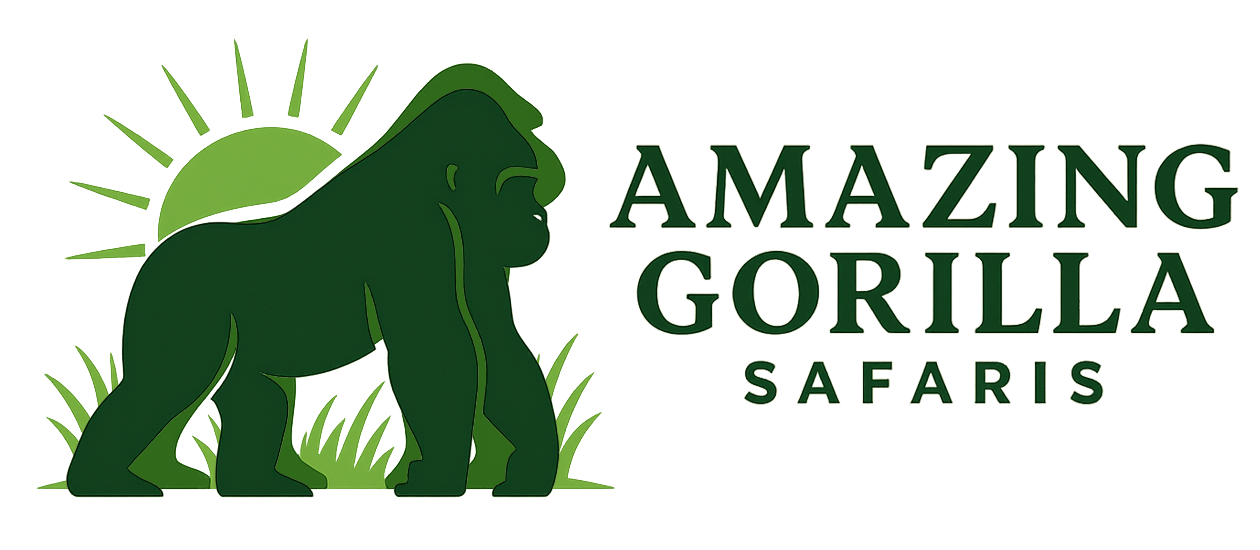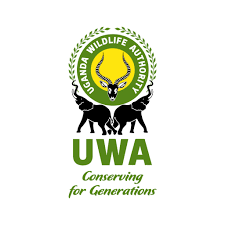Travel Guide for Congo
Introduction & Overview
The Democratic Republic of Congo (DRC) is one of Africa’s most intriguing and least explored travel destinations. Vast, wild, and untamed, it stretches across the heart of Central Africa, offering landscapes that range from dense tropical rainforests and mighty rivers to smoking volcanoes and snow-capped peaks. For adventurous travelers, the DRC is a place of raw beauty and unforgettable experiences. While its complex history and challenges require careful planning, the country rewards those who venture here with encounters that cannot be found anywhere else on Earth, from tracking critically endangered mountain and lowland gorillas to standing on the rim of the world’s largest lava lake.
Getting There & Accessibility
The DRC is enormous, and accessibility depends on the region you plan to visit. Most international travelers arrive via Kinshasa (the capital) or Goma in the east. Kinshasa serves as the political and economic hub, but the majority of tourist attractions lie in the eastern provinces bordering Rwanda and Uganda. Goma, accessible by flight from Kinshasa or by road from Rwanda’s Gisenyi, is the gateway to Virunga National Park, the country’s most famous attraction.
Top Attractions in Congo
Virunga National Park
Virunga, Africa’s oldest national park and a UNESCO World Heritage Site, is the crown jewel of Congo’s tourism. It is home to a significant population of mountain gorillas, offering one of the most intimate trekking experiences on the continent. Unlike in Uganda and Rwanda, gorilla permits in Congo are more affordable, usually around USD 400, making it an attractive option for travelers seeking a budget-friendly alternative. Beyond gorillas, Virunga also protects chimpanzees, forest elephants, and rare birdlife, while its landscapes range from volcanic peaks to lush forests.
Mount Nyiragongo
Few experiences compare to hiking Mount Nyiragongo, an active volcano just outside Goma. The trek, though challenging, culminates in a view of the world’s largest lava lake, a glowing cauldron of molten rock that illuminates the night sky. Spending a night in basic huts on the crater rim is both humbling and awe-inspiring, making it one of the most unforgettable adventures in Africa.
Kahuzi-Biega National Park
For those who wish to encounter eastern lowland gorillas, Kahuzi-Biega National Park near Bukavu is the place to go. These gorillas are larger and different from their mountain cousins, and trekking here offers a quieter, less-crowded experience. The park also boasts waterfalls, montane forests, and a variety of primates and bird species, making it a hidden gem for wildlife enthusiasts.
Congo River & Kinshasa
The mighty Congo River defines the western side of the country, and Kinshasa, the capital city, sits proudly on its banks. Here, travelers can explore the vibrant music and art scene, bustling markets, and a mix of colonial and modern architecture. Though less focused on safari tourism, Kinshasa provides insight into the cultural and political heart of the DRC.
Adventure & Activities
The DRC is best suited for adventurous travelers. Activities include gorilla trekking, volcano hiking, birdwatching, chimpanzee tracking, and cultural tours. Photography safaris in Virunga provide opportunities to capture breathtaking landscapes and rare wildlife. Boat trips on Lake Kivu or the Congo River offer a slower way to experience the country’s vastness. The diversity of activities ensures that every visitor finds something extraordinary, provided they are prepared for the challenges of travel in such a rugged environment.
Best Time to Visit
The best time to travel to eastern DRC is during the dry seasons, which run from June to September and December to February. During these months, trails are easier to navigate, and gorilla trekking conditions are more comfortable. The wetter months bring lush scenery but make hiking and travel logistics more difficult.
Practical Tips for Travelers
Travel in the DRC requires preparation and caution. Entry visas must be arranged in advance, and a yellow fever vaccination is mandatory. Travelers should always book through trusted tour operators, especially for treks in Virunga and Kahuzi-Biega, as these parks are well-managed and provide safe experiences. Security can fluctuate, so it is essential to stay updated on current conditions. While infrastructure is limited, the sense of adventure and the rarity of the experiences more than compensate for the challenges.
Conservation and Community Impact
Tourism in Congo plays a crucial role in conservation and local development. By purchasing gorilla permits or trekking Nyiragongo, travelers contribute directly to the protection of endangered species and support communities that live alongside the parks. Virunga, in particular, has pioneered eco-tourism initiatives that combine wildlife protection with job creation and energy projects, proving that sustainable travel can bring lasting benefits to both nature and people.
The Democratic Republic of Congo is not a destination for everyone, but for those who seek raw adventure and authentic encounters, it offers some of the most unique safari experiences in Africa. From standing on the edge of a lava lake to walking among gorillas in the forests of Virunga or Kahuzi-Biega, Congo rewards intrepid travelers with memories that are rare and powerful. It is a place where wilderness still feels untamed, where the rhythm of nature is uninterrupted, and where every journey carries the spirit of discovery. For those who dare to go, Congo is not just a travel destination—it is an expedition into the heart of Africa.





